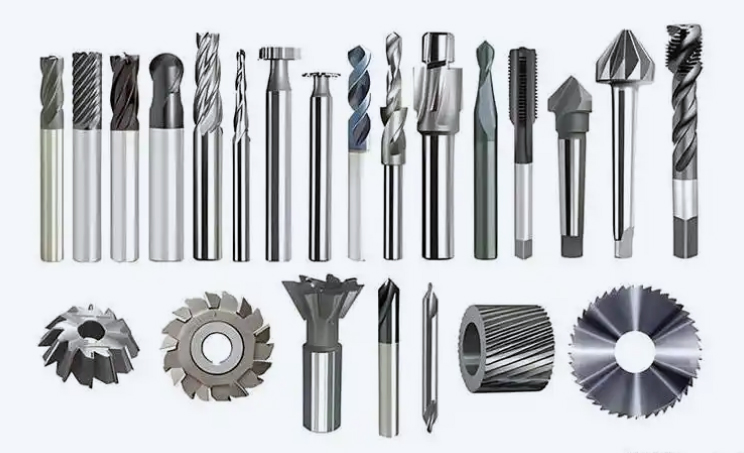Source: This site | Release date: 2024-10-11 10:30:04 | View: 40
Summary:
Mold CNC tooling is a wide range of types, according to the structure, material, cutting process and processing surface of the different, can be categorized as follows:First, according to the structure classificationIntegral tool: made of the same mat…

Mold CNC tooling is a wide range of types, according to the structure, material, cutting process and processing surface of the different, can be categorized as follows:
First, according to the structure classification
Integral tool: made of the same material, not divided into bodies, simple structure and good rigidity.
Welded tools: connected by welding method, divided into shank and head, suitable for processing that requires higher strength and rigidity.
Clamping tool: can be divided into indexing and non-indexing two kinds, but CNC machining is usually used in the clamping type, because it is easy to replace the blade, improve machining efficiency.
Special forms of tools: such as shock-absorbing knives, composite knives, etc., applicable to specific processing needs.
Second, according to the material classification
High-speed steel cutting tools: with high hardness and wear resistance, suitable for general cutting processing.
Carbide cutting tools: higher hardness and better wear resistance, suitable for high-speed cutting and heavy cutting.
Diamond tools: with very high hardness and wear resistance, suitable for processing high hardness materials and non-ferrous metals.
Cubic Boron Nitride Cutting Tool (CBN Cutting Tool): Synthetic cutting tool, second only to diamond in hardness, suitable for processing high hardness and high toughness materials.
Ceramic tools: high hardness, high wear resistance and high thermal stability, suitable for high-speed cutting and dry cutting.
Third, according to the cutting process classification
Milling tools: including plane milling cutter, T-shaped milling cutter, burr cutter, high-efficiency milling cutter, vertical milling cutter, etc., used for processing plane, groove, T-slot and so on.
Drilling tools: including solid drills, long drills, boring tools, etc., used for processing holes and deep holes.
Turning tools: including external turning tools, bore turning tools, thread turning tools, etc., used for machining cylindrical surfaces, bores and threads.
Fourth, according to the processing surface classification
Processing tools for external surface: including turning tools, planer tools, milling cutters, external surface broaches and files, etc., used for processing the external surface of the workpiece.
Hole processing tools: including drills, reaming drills, boring tools, reamers and internal surface broaches, etc., for processing the inner hole of the workpiece.
Thread processing tools: including taps, plate teeth, automatic opening and closing thread cutting head, thread turning tool and thread milling cutter, etc., used for processing threads.
V. Other categorization
General-purpose tools: such as turning tools, planing tools, milling cutters (excluding shaped turning tools, shaped planing cutters and shaped milling cutters), boring tools, drills, reaming drills, reamers and saws, etc., which are suitable for a wide range of machining needs.
Forming tools: the cutting edge of these tools has the same or nearly the same shape as the cross-section of the workpiece being machined, such as forming lathe, forming planer, forming milling cutter, broach, taper reamer and a variety of threading tools, etc., which are suitable for specific shapes of machining.
In mold CNC machining, commonly used tools also include circular insert milling cutters, ball end mills, end mills with large tip radius, etc. These tools are suitable for roughing, semi-finishing, finishing and residual milling processes.
In general, the mold CNC tooling variety, choose the right tooling needs to be based on specific processing needs, workpiece materials and processing conditions and other factors for comprehensive consideration.

Take a screenshot and recognize the QR code
HOTHPUEL